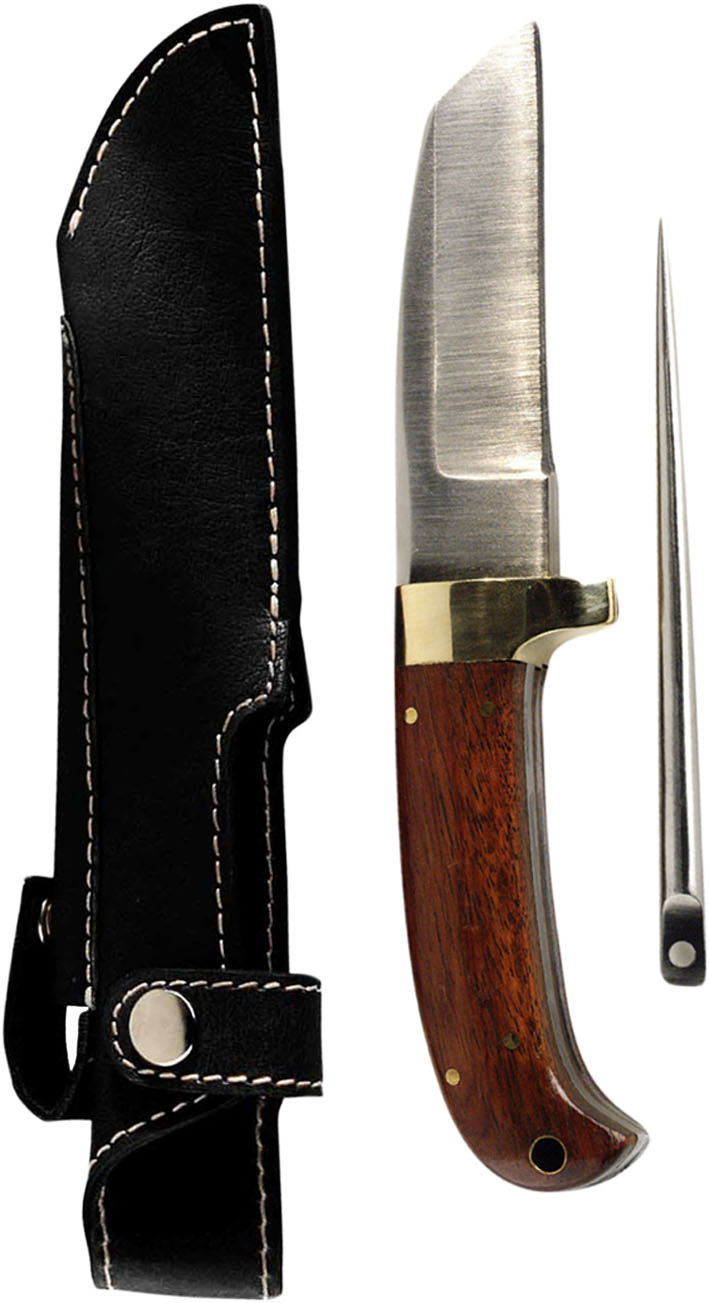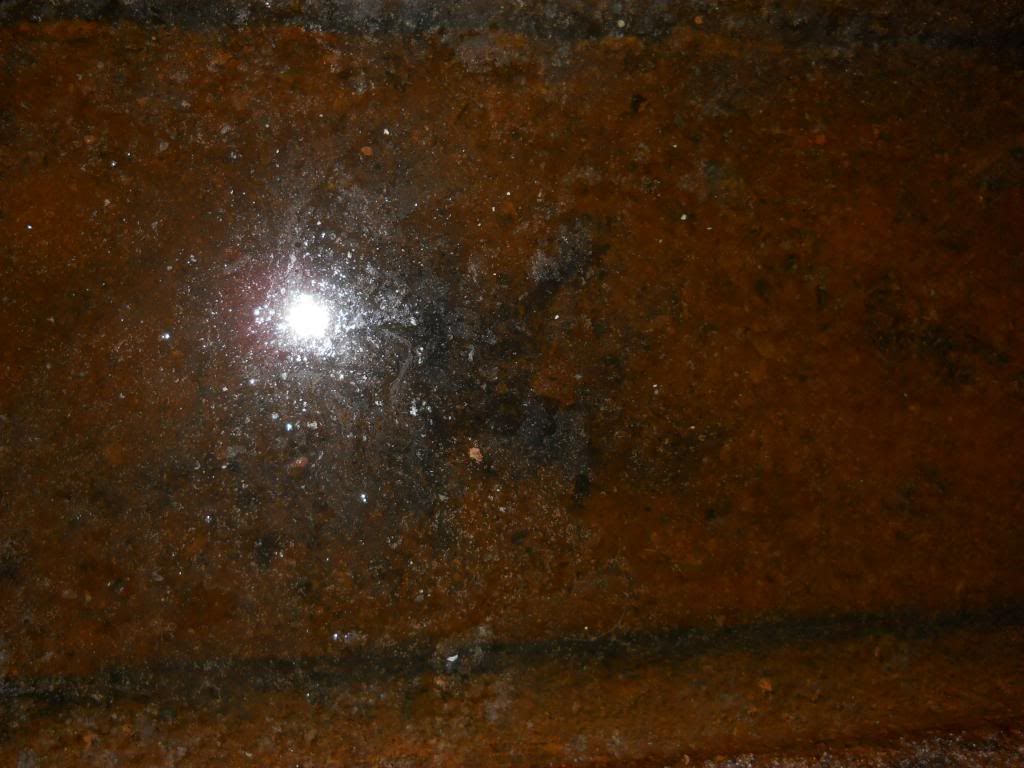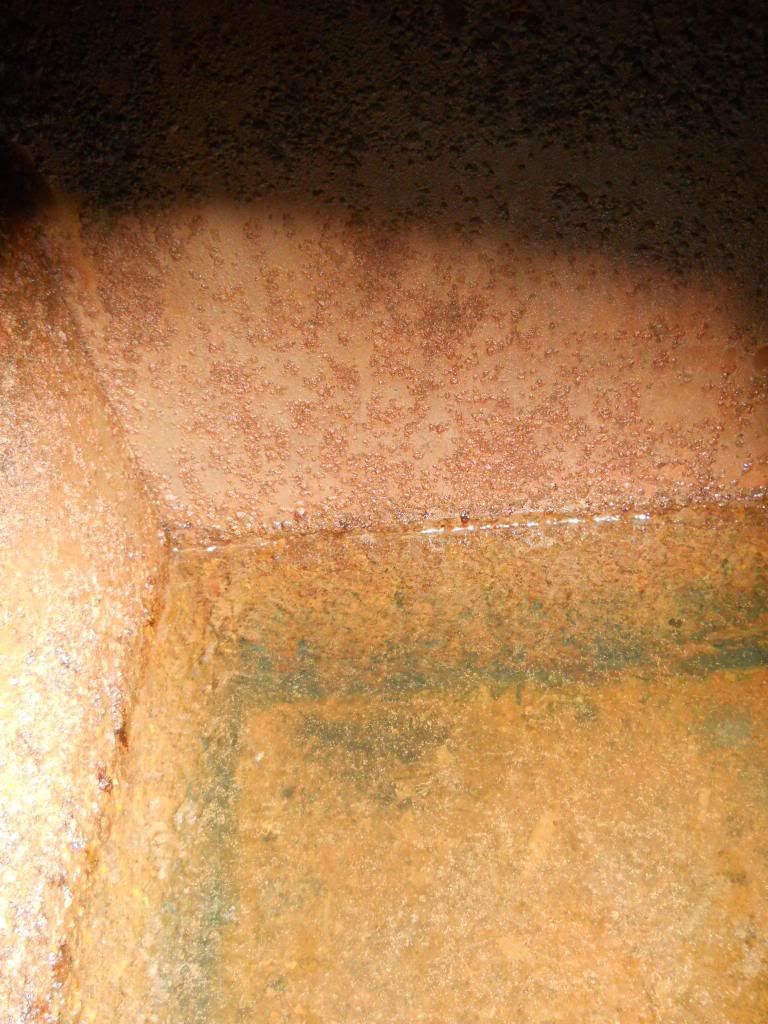 |
| A left-handed sheet bend: Avoid, as it is sinister. |
Brain function, handedness and seamanlike prudence. What do these things have in common?
I've touched before on my amateur's interest in neurology, and how the physical way the various sections of our thinkmeat interact both in response to external and internal stimuli. Function follows form, but, as with the neurotypical right-handers, sometimes there are interesting reversals. Certainly, some individuals favour logic and others emotion; I think that sailors, a group of humans generally exhibiting both confidence in their skills and an almost mystical approach to the oft-superstitious traditions of the sea, tend largely to a balance of these states of mind.
While there's a fine line between seamanlike vigilance and rampant paranoia (or so my enemies tell me), this reflects my experience as a sailor and as a person trying to incorporate sailing's life lessons shoreside.
Despite tacking through a youth that included being hit by cars, door-prized on bicycles and participating in a few martial arts, I did not break a bone until I was 36, when I slipped on the surface of the sloping alley outside my flat and snapped three of them in my leg and ankle. Picture trying to punt a field goal with your own foot and ending up with a joint in the shape of a "Z" and you'll get the image. The irony is that I was walking back to my own home from a tea party, of all things. Black ice, an Earl Grey-fuelled need to pump the bilge, and a pair of smooth-soled Florsheims in December were my undoing. Back in my roaring days, I was very careful on foot or (regretfully, now) bicycle tacking my way home half-cut on empty sidestreets and never once fell down. How could I? I was too nervous about falling down! So I could blame the leg break on excessive sobriety! The true cause was inattentiveness, the poorly cured cornerstone of sub-par situational awareness.
 |
| Bowline, left, and "left-handed" or "cowboy" bowline, right. Nice counterintuitiveness, there, Wikipedia. |
Obviously, the perception of hazard is both relative and situational. Our knowledge of the relative danger of boats at sea and the situations in which such danger might likely manifest needs to be tempered with the anticipation that it is during a random incidence of inattentiveness that is liable to bite one in the stern as much as can the dramatic "overboard" or "falling off the masttop" propositions.
I've also noticed that there's a subset of quite careful, safety-conscious boaters who seem to turn into clumsy disaster zones ashore...maybe it's related to a lack of "land legs" or simply a needed relaxation of the mindfulness required aboard, but these are the sort of guys who end up slicing themselves in the workshop or walking into walls...carelessnesses that they don't experience aboard. I have yet to see if handedness plays a role, but I know that tools made for the majority right-handers can be disorientating enough for left-handers to hurt themselves.
 |
| This is pretty old-timey. I prefer serrations. Fid's nice, though. |
Being a left-handed sailor is perhaps both more integrated and more challenging still. Being a lefty of the pure variety (although reality tends to favour some measure of ambidexterity in lefties) means understanding the need for accommodation in a world clearly not made for your ease. It's more of a challenge when the gear could be dangerous for somewhat unclear reasons, like blade serrations on the wrong side. Nonetheless, keep your eyes peeled at the bar or on the boat: there may be more left-handed sailors than in the general population. I sense this is the case, but then it's something I tend to notice, along with untied laces and ear hair.
 |
| I've seen worse sail trim. |
Lastly, this is the jelly know as the by-the-wind sailor: Handedness is possible even without hands, apparently.












One example is the humble sailor's knife: I rarely darken the door of West Marine, as I have all the anchor-themed plastic tumblers I need, but occasionally they have a decent sale on useful gear. A couple of years back, WM had a sheepsfoot serrated blade folding knife with a lanyard for a mere $9, and I got about four of them to hang on the D-ring of everyone’s PFD.
I also have had enough experiences where a knife was critical to safety. I was out sailing with my heavily pregnant wife when the wind jumped from 10 to 28 knots around a headland (yes, my fault, ultimately). I had to go forward to cut the leech line of an old No. 1 that had snagged on my spreader, all while my wife tried to keep the boat pinched hard to windward to slack the big-girl knickers of the sail. So, yes, I think an extra knife on the PFD makes a lot of sense. Your own nautical mileage may vary, of course. I also keep a couple of cheap serrated bread knives stuck with magnets either side (ah, that handedness thing again!) of the companionway (it’s a steel boat and it’s not near the compass!) for the same reason. Bread knives would make short work of even my biggest nylon rode if we had to cut and run in a hurry or I had to free someone’s purpling foot or finger from a strongly tensioned line…which I have seen happen on other boats.
Not that I'm such a chief of surgery when it comes to sharp objects. I have some interesting scars that remind me that my blade and tool-handing techniques have been at times deficient. Whenever I think "oh, I'll just take a shortcut", there's a short cut to remind me of my lack of insight. I am nominally a right-hander, but I've always exhibited, as have some other members of my family, a certain amount of ambidexterity. I can do parlour tricks like mirror writing, shooting snooker with either arm, throwing darts with my left hand, and so on. It comes in, dare I say, handy at times, when having to operate rotational tools with either arm at full extension, or picking up tiny objects in poor light with the non-dominant hand. It's not a superpower, however: I play guitar and bass right-handedly, because that's the path of least resistance. It's more like driving a hybrid. You can opt for silent running for part of the trip. I've certainly tried to nurture my fairly weak abilities with my left hand, even as some neurologists consider "self-taught ambidexterity" to be a bad idea.